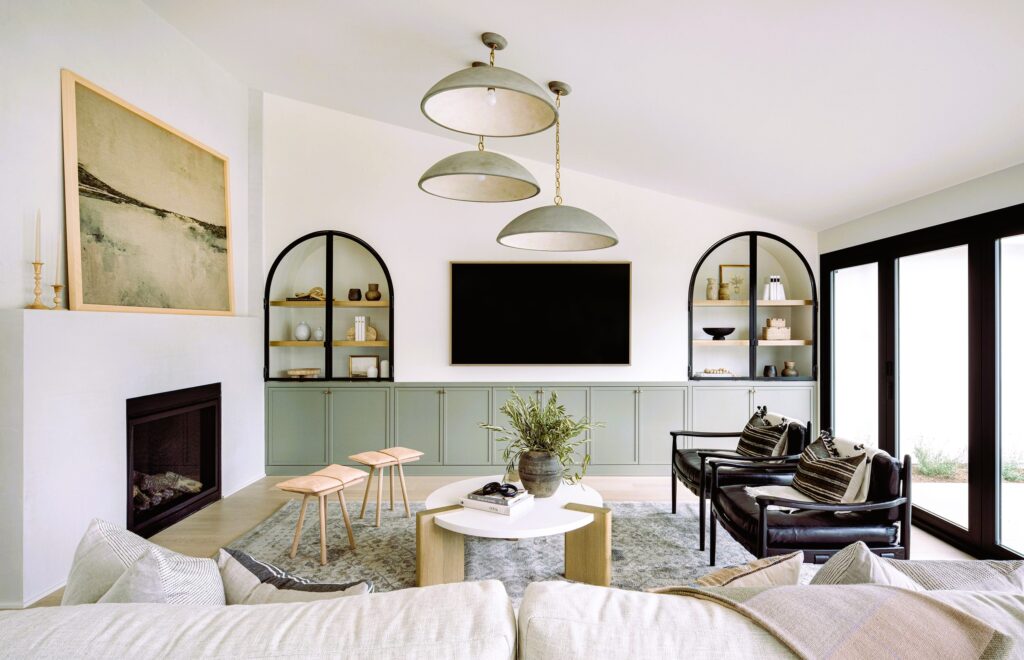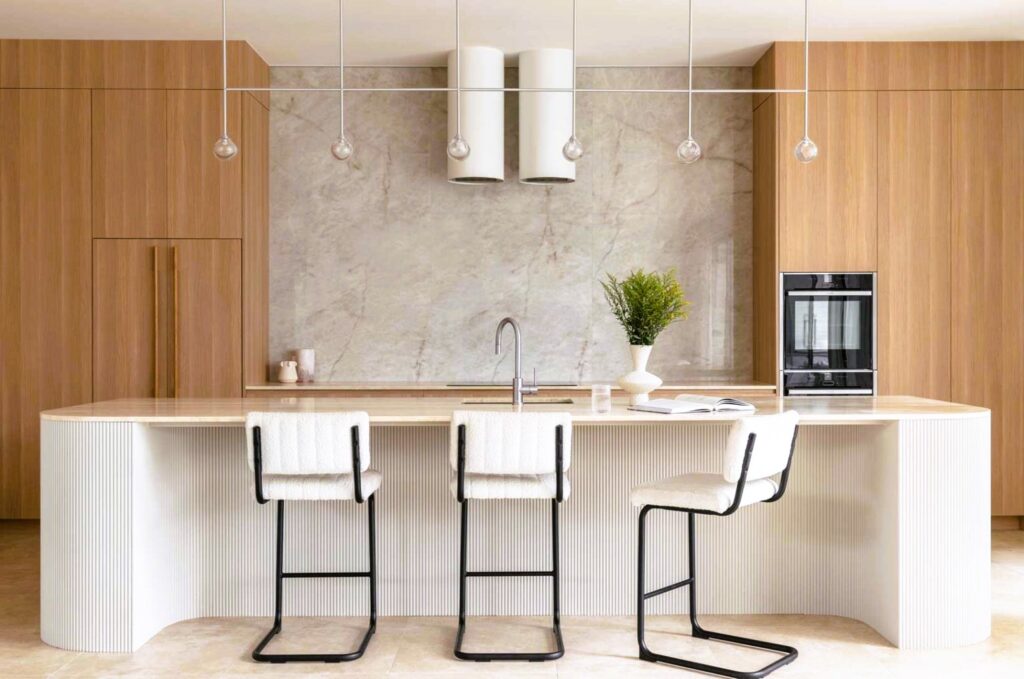The Role of Interior Design: Creating Inspired Spaces
Interior design is far more than just arranging furniture or selecting paint colors. It is a powerful art form that has the ability to transform spaces, evoke emotions, and enhance our overall well-being. From residential homes to commercial establishments, the role of interior design extends far beyond aesthetics, shaping the way we live, work, and interact with our environment.
At its core, interior design is about creating harmonious and functional spaces that cater to the unique needs and preferences of individuals. It goes beyond mere decoration, taking into account factors such as spatial planning, ergonomics, and the integration of elements that enhance both the physical and emotional experience of a space.

One of the fundamental roles of interior design is to optimize the functionality of a space. A skilled interior designer carefully analyzes the layout, flow, and purpose of each area, ensuring that it meets the requirements of its intended use. By thoughtfully considering the placement of furniture, lighting, and other elements, they can create spaces that are not only visually appealing but also practical and efficient.
Interior design also plays a crucial role in shaping our emotional well-being. A well-designed space has the power to evoke a range of emotions, from tranquility and comfort to excitement and inspiration. Through the careful selection of colors, textures, and materials, an interior designer can create atmospheres that promote relaxation, productivity, or creativity, depending on the intended purpose of the space.
In addition to functionality and emotional impact, interior design has the ability to reflect our personal style and identity. Our homes and workspaces are an extension of ourselves, and interior design allows us to express our individuality. Whether through the use of unique furniture pieces, curated artwork, or personalized accessories, a well-designed space can speak volumes about who we are and what we value.
Another significant aspect of interior design is its impact on sustainability and the environment. With a growing awareness of the need for eco-friendly practices, interior designers are incorporating sustainable materials, energy-efficient systems, and environmentally conscious design principles into their projects. By prioritizing sustainability, interior design contributes to a healthier planet and promotes a more conscious way of living.

Furthermore, interior design goes beyond the boundaries of physical spaces. It has the power to foster a sense of community and connection. In commercial settings, interior design can shape the identity and brand image of a business, creating spaces that attract and engage customers. In residential settings, interior design can facilitate social interactions and create environments that promote a sense of togetherness and well-being.
In summary, interior design plays a multifaceted role in our lives. It goes beyond superficial aesthetics, encompassing functionality, emotional well-being, self-expression, sustainability, and community engagement. By harnessing the power of design, we can create spaces that inspire, uplift, and enrich our daily experiences. Whether it’s a cozy home, a vibrant workplace, or a public gathering space, interior design has the ability to transform our surroundings and make a lasting impact on our lives.
